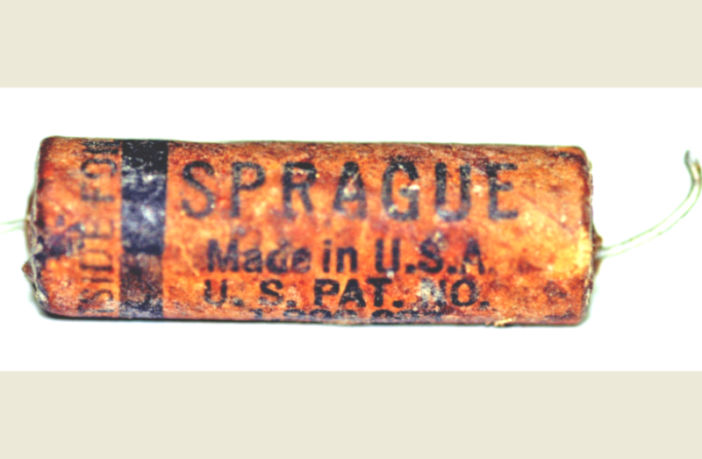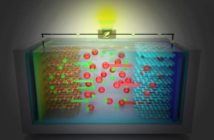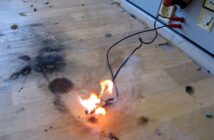Paper capacitors – you may also come across the term fixed capacitors – use paper as their dielectric (separator) material. They typically comprise two metallic plates on either side of this paper, and their fixed, medium capacitance value means they are still quite popular. Although film-foil capacitors largely replaced them commercially by 1970. Today we report what we know about the 1876 D.G. Fitzgerald paper capacitor.
Patent Description of Fitzgerald Paper Capacitor
The pages of history we turned were silent about D.G. Fitzgerald as a person. However, we did find an extract from British Patent No. 3466/1876, of Sept. 2, 1876. The document title reads ‘Improvements in electrical condensers or accumulators.’ While the abstract reads as follows:
“The construction of a condenser with a conductor – usually tin-foil – and layers of paper alternatively leaved with each other onto a cylinder. And the impregnation of such condenser with paraffin wax after rolling.”
An old research piece we stumbled over at DEIS Feature Articles confirms the first condensers in radio receivers were of this type. And how designers used them for power supply filtering, as well as mica dielectric capacitors for radio frequency (RF) circuits.
But the Fitzgerald paper capacitor was quite bulky by comparison to these, DEIS says. And so early radios used filter chokes (inductors) in combination with rectifiers and capacitors to reduce power supply ripples. But then those were early days in an time of try-it-and-see.
A Little More About Pure Paper Dielectrics
Capacitors are quite a deep topic, and so we can only delve into it superficially here. The European Passive Components Institute (EPCI) explains how the paper in capacitors was porous. And so it required impregnation to avoid flash-overs, and corona effects resulting from ionization.
The custom at that time was to use ‘melted wax or different kinds of oils, among other things mineral and silicone ones’. These increased ‘tensional stability’, depending on the pressure produced by the tensile forces during winding’.
More Information
Experiment to Measure Capacitor Resistance
An Introduction to the History of Capacitors
Preview Image: Sprague Paper in Wax Capacitor
D.G. Fitzgerald Rolled Paper Capacitor Patent




